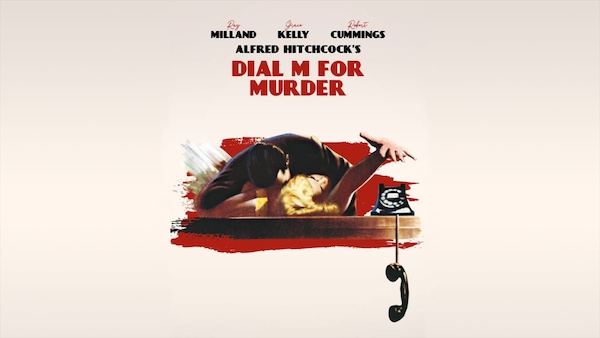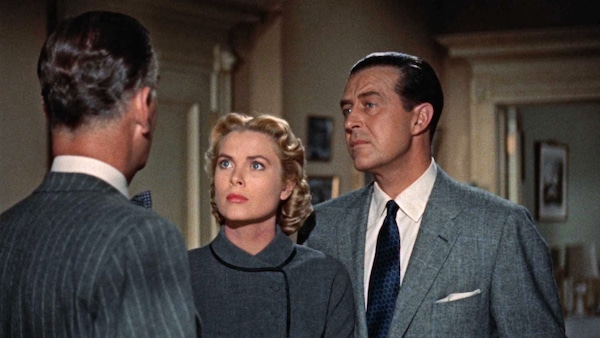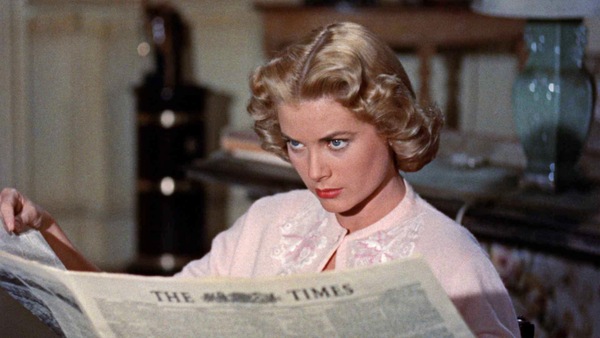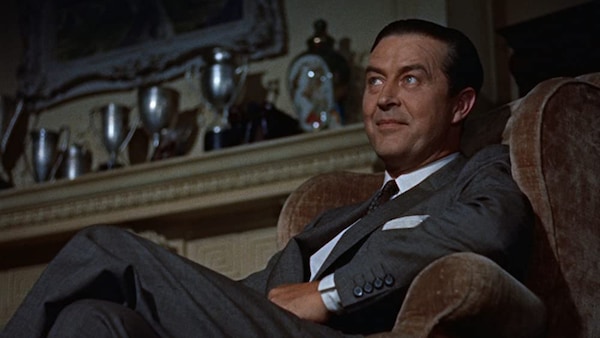Dial M for Murder – Alfred Hitchcock as Agatha Christie
Thriller Thursdays: An unfaithful wife, a penurious husband, murder as a solution, and a dour detective to find out the truth.

Last Updated: 11.47 PM, Nov 24, 2022
In our weekly column, Thriller Thursdays, we recommend specially-curated thrillers that’ll send a familiar chill down your spine.
The film starts with Margot (Grace Kelly) kissing her lover Mark (Robert Cummings). Soon enough she's also kissing her husband Tony (Ray Milland). As one would expect, Tony finds out about the affair. The problem is Tony relies on Margot’s money for his luxurious living, and he is quite naturally worried that Margot will leave him for Mark. So, he plans for her murder. After all, he is the sole beneficiary of her will, and he would lose it all if she decides to go with Mark.
And I say all this without divulging anything beyond what the film’s public synopsis has mentioned! What, of course, is not mentioned, and emerges as we immerse ourselves into this sordid tale, is that this is an Alfred Hitchcock film in the guise of an Agatha Christie story. Because there is a clever Inspector Hubbard (John Williams) lurking around the corner, who Tony manages to wrap around his elegantly long fingers with his fiendish stories, but Hubbard himself also has his own web ready.
Dial M for Murder is based on a play, and its antecedents are easy to make out, its action being internalised for the bulk of its time. But Hitchcock makes the transition from stage to screen with an incredible tapestry of light, shadow, and movement. The camera is almost a voyeur, the way it closely follows its characters, desperate to ensure that not a single tic or itch or raising of an eyebrow or a momentary glint of an eye or the twitch of a sardonic smile, is missed out. And the precise and perceptive schemata of light-&-darkness give a glimpse of the way shadows portend events and add to the blackness of the deed. Every aspect of the film then is permeable and slips seamlessly and affects every other aspect by the sheer force of verisimilitudinous osmosis.

The plot is devious, the villains effortlessly evil, the damsel trusting, and the police stodgy but solid. And just as every deed has its traces left in the texture of its ether, even the most perfect of murders has its discovery embedded in the uncertainties of our foibles. And though there’s a cold-bloodedness in the whole endeavour, which even the fact of infidelity does not justify, there’s also hubris of character, which desperation makes even more vulnerable.
The interesting dynamic here is how a normal couple (rich wife, parasitic husband, infidelity) can suddenly spiral out of control, with murder as a justifiable solution. The shadow-and-light play then is often more romantic than eerie, which only goes to prove how murder can be one of the most morbid yet intimate things humans commit.

Given that a large part of the film is conversations, starting from the long setup to the longer exposition, it’s a tribute to Hitchcock’s talent to have menace creep in slowly, deliberately – first to capture and then enrapture, both the fall guy and the audience. The magic of the film is expounded in its naturalness, almost as if planning for murder and getting it executed were au naturel, a part, as it were, of conjugal duty! Hitchcock plays the audience with unparalleled confidence, almost saying that tales of this kind can, and do, happen, and it would be appropriate to keep the sharp shears or the pointed knife far away at the time of spousal disputes!
The film would have been lesser without the upfront oily charm of Ray Milland and the backend stodginess of John Williams as Inspector Hubbard. The smoothness with which Milland handles the hitches which keep coming up is a lesson in uber-coolness, coming up, as it does against the ingratiating disbelief of Williams. And between them, is the beautiful Grace Kelly, who has a pure charm, as if whatever wrong she might end up doing would always have a good reason attached to it.

As the film moves from Hitchcockian lowlands to the Christie marshes, it seems to reiterate how important connubial resolutions and equity are before we sit down to dinner with our spouses. The murderous gaze does not always come only from maniacs.
Trivia:
- Alfred Hitchcock ensured that the film was completely shot indoors (except for the few necessary outdoor scenes) to create an overwhelming sense of claustrophobia.
- Grace Kelly deliberately dressed in very bright colours as the movie starts, but progressively the clothes became darker as the tale turns more sordid.
- Hitchcock ideally wanted a cast of Cary Grant, William Holden, and Deborah Kerr. The latter two were involved in other projects at that time, and Cary Grant had major issues in playing the villain, a role which finally Ray Milland played with considerable relish!

Watch Dial M for Murder here.
(Views expressed in this piece are those of the author, and do not necessarily represent those of OTTplay)
(Written by Sunil Bhandari, a published poet and host of the podcast ‘Uncut Poetry’)

